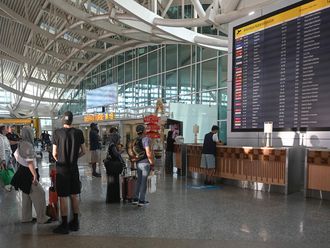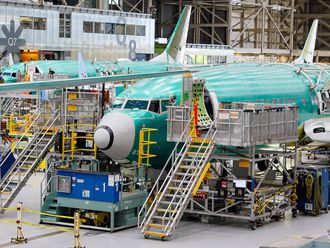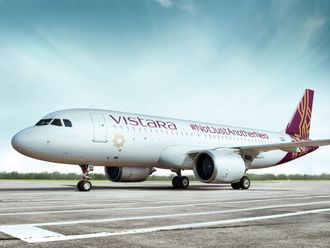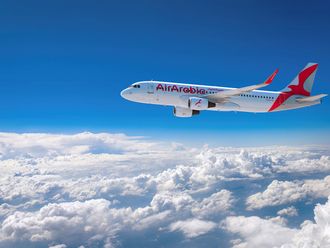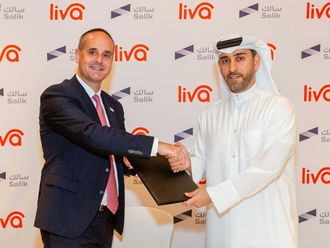Gulf Air recorded a 27.5 per cent increase in passenger revenue in 2004 over the previous year, largely driven by the 24.2 per cent increase in passengers carried, the airline said.
"This is another very positive indicator there is ever-growing public confidence in the changes we are making within the airline," said James Hogan, president and chief executive.
"While these numbers are significant, they can only be regarded as successful if unit costs are down. I am pleased to report we continue to make excellent progress in this area too," he said.
It also recorded a 23.5 per cent growth in the number of passengers carried by its network last year. The total reached 7,484,470 last year, up from the previous year's 6,059,872.
Revenue passengers per kilometre (RPKs) increased by 32.1 per cent on actual seat kilometres (ASK), an increase of 26.1 per cent. Seat factor, meanwhile, rose to 71.4 per cent last year compared to 68.2 per cent in 2003 another record.
Similar growth was seen in cargo, where there was an 18.1 per cent growth in revenue.
All three of Gulf Air's hubs in Abu Dhabi, Muscat and Bahrain contributed to the record total, each turning in strong individual performances.
"Audited figures for the financial year to December 31, 2004 are expected to be announced in early February. We are optimistic about achieving our objective to break even," Hogan said.
"This positive performance runs contrary to prevailing trends in the airline industry, which has been [hurt] by the spiralling cost of fuel in the latter half of the year.
"Despite this and the other significant challenges of the last two years, we are committed to continuing the investment in the Gulf Air brand, in its people, services and equipment. Notable here is the $10 million [Dh36 million] investment in new first [class] and business seats which will be introduced from February in our Airbus A330 fleet," he said.


